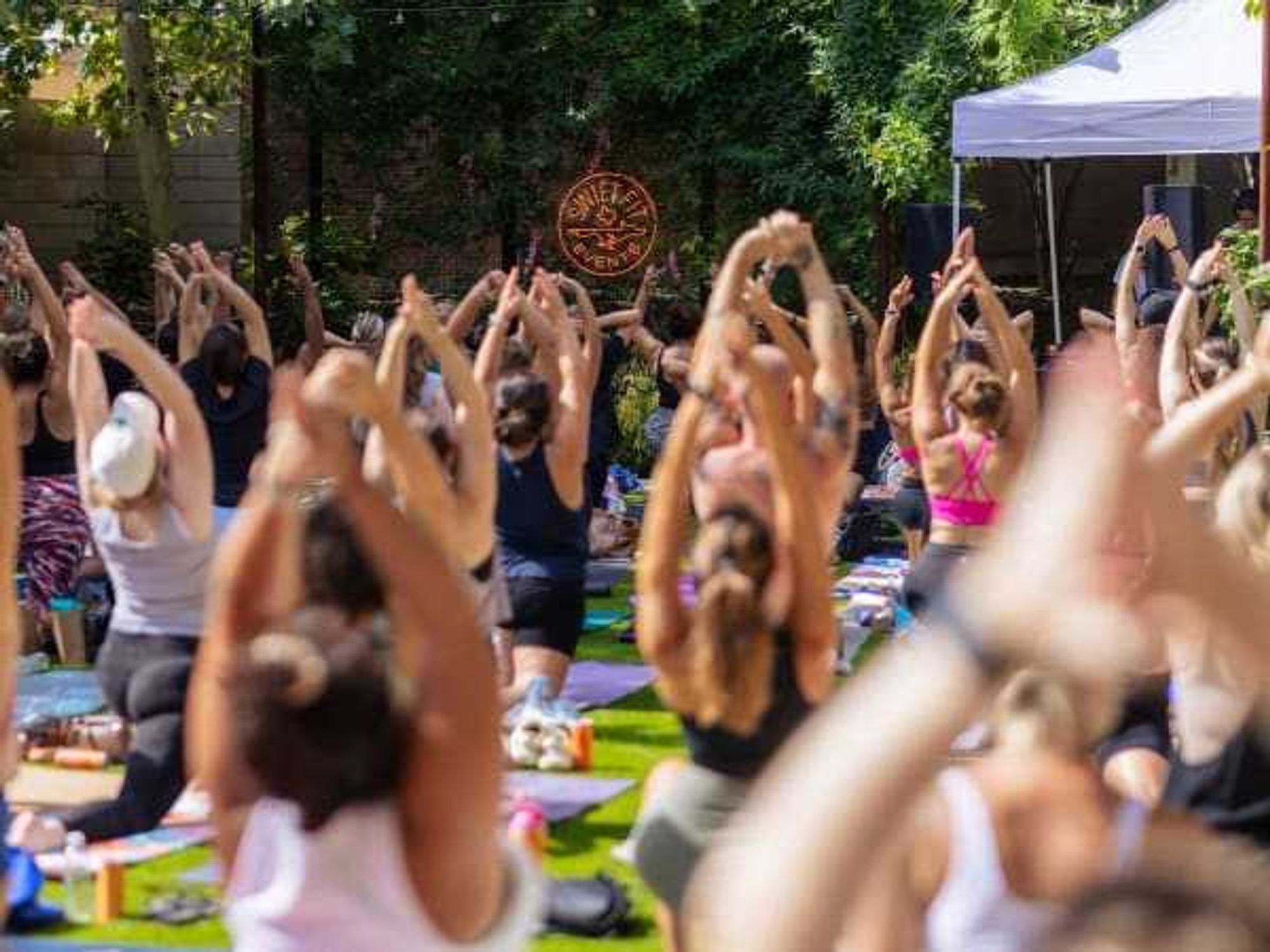The Art that lived on the Hill
Local favorite Castle Hill graffiti park will be demolished — but it's not gone forever

What began as a temporary SXSW installation from famed street artist Shepard Fairey (the artist behind the iconic Barack Obama "Hope" posters) has morphed into one of Austin's premier destinations, with features in everything from the New York Times to Conde Nast Traveler.
Now, after a January 29 vote by the Historic Land Commission, the Graffiti Park at Castle Hill will be demolished, as was first reported by Community Impact. Formerly known as the HOPE Outdoor Gallery, the park is nestled in the side of a Clarksville hill where it has been an ever-changing community art installation since it launched in March 2011. Over the past six years, the gallery has played host to more than 300 street and fine artists looking to make their mark (literally) on Austin.
News of the demolition has been a long time coming. Beginning in 2016, HOPE, the nonprofit which runs the gallery, as well as the city's popular HOPE Farmers' Markets, began looking for a permanent home for the paint park. In 2017, it was announced that the gallery has secured six acres of Carson Creek Ranch in East Austin.
“It’s been an incredible journey finding the perfect permanent home for this project," Andi Scull Cheatham, founder of HOPE, said in a November press release announcing the new space. "We had no idea that a temporary art experiment would become so well loved, so internationally recognized, and so needed in our culture and city."
Plans for the new space include a series of graffiti walls designed by Austin design firm Chioco Design, spaces for community art classes, and a parking lot, something which anyone who has visited the Castle Hill spot knows should be a real bonus.
The gallery has been allowed to exist in its current form thanks to Vic Ayad and longtime Austin architect Dick Clark, who passed away last year. Together, the pair owned the property at Baylor and 11th streets where the gallery sits, and after Ayad bought out Clark, he continued to invest $75,000 each year to keep it running safely. After selling the prime real estate to Mid-City Development, the new owners agreed to keep the property a paint park until a permanent location could be secured.
According to HOPE, the Graffiti Park at Castle Hill will stay in its current location until June, though that date has been questioned in light of the January 29 vote. No word yet on what Mid-City Development will be building in its place, but considering that it is a locally owned real estate development firm specializing in urban, high-quality, multi-family projects, one can take an educated guess as to what's coming next to the corner of Baylor and 11th streets.
As for HOPE, the move east does mean moving out of its prime location, but the space provides a unique opportunity for artists and the community to engage on an even bigger scale. And as for Castle Hill, much like the continuous stream of street art that has made the park famous, let's enjoy it while we still can.
